Isometric Neck Exercise
In today’s technology-centric society, when bad posture and extended screen time frequently result in neck pain, maintaining a strong and healthy neck is essential for general well-being. Simple yet effective, isometric neck exercises don’t require specialized equipment or a large training area to improve the neck muscles. With the help of resistance and no real movement, the neck muscles are contracted during these isometric exercises, which improve strength, stability, and muscle endurance.
Isometric neck exercises can support daily activities that strain the neck, help prevent and relieve neck pain, and improve posture. It can be beneficial to regularly work these exercises into your exercise routine.
What is Isometric neck exercise?
Isometric neck exercise is a useful exercise to do at home if you have neck pain from conditions such as a slipped disc in the cervical area or cervical spondylitis. The physical therapist will probably recommend this exercise if the patient is in severe pain or cannot perform restrictive neck movements.
- Isometric neck exercises are effective for activating or contracting the neck muscles or muscle groups.
- The affected joint does not move and the length of muscles does not change during isometric neck activities.
- The neck muscles become more flexible and strong with isometric exercises. The physical therapist suggested strengthening activities, such as isometric neck exercises.
- As we age, the neck muscles and ligaments get less supplied. Isometric exercise helps to prevent ruptures or sprains.
- If you need to treat poor or bad posture, a neck injury, or bone degeneration, this exercise will be extremely beneficial.
- Along with improving energy levels, it will help lower the risk of further neck injuries.
- Isometric neck exercises do not move the surrounding joints; instead, tension is generated in a specific muscle that we wish to improve.
- This exercise will not extend or shorten the muscle that is being worked on.
Which muscles are included in Isometric neck exercises?
| Neck Muscles | Action | Nerve supply |
| Sternocleidomastoid | Extension and | |
| Rotation of the neck | C2 , C3 | |
| Flexion of vertebral column | ||
| Scalenus | Flexion and neck rotation & | Lower cervical |
| Side flexion | ||
| Spinalis Cervicis | Neck extension and rotation | Middle/ Lower cervical |
| Spinalis Capitus | Neck extension and rotation | Middle/ Lower cervical |
Advantages of Isometric neck exercise
- Effective exercises for activating multiple muscle fibers at once.
- Exercise is an effective blood pressure-lowering method.
- Helpful for the treatment of cervical spondylosis and cervical radiculopathy.
- Maintain strength, function, and muscular properties.
- Relive the pain caused by injuries or trauma to the neck.
- The constant upper back ache is lessened by it.
- Following a car accident or upper back injury, your doctor may recommend that you undertake some of these exercises.
- It works to relieve neck stress.
- Used to relieve tightness or stiffness.
- They can reduce pain or promote flexibility.
- Helps to prevent neck or cervical spine problems, and isometric neck exercises are simple to practice.
- These exercises are perfect for people who are busy because they can be finished in a reasonable amount of time.
Before starting an exercise, consider the following:
To get maximum benefit from any exercise and minimize risks, there are a few things to consider before starting. Visit a physician or physical therapist for guidance on the most effective exercise for your neck issue.
It is imperative that you put first the health of yourself and stop forcing yourself through difficulties. A little pain is normal after exercising, but severe or ongoing pain could mean you’re pushing yourself too hard.
It is important to continue using good form and technique to avoid afterward injuries. If you are unclear about how to complete the exercise correctly, consult a physical therapist. Before starting any exercise, warm up your joints and muscles to properly prepare them for the task.
Isometric Neck Exercise Video
Isometric neck exercise:
You can do this isometric neck exercise whether lying down, seated, or standing.
Isometric Neck Exercise while standing:
You must stand close to the wall side and have a medium-sized ball for this exercise.
Isometric Neck Flexion Exercise
- It is required that you maintain a straight position and place your forehead against the wall in a ball.
- The ball needs to be gently pressed up towards the wall by the center of your forehead.
- Hold this position for a few seconds.
- Then return to your neutral position.
- Then relax.
- The entire exercise should be performed with the back stretched or straight.

Standing neck extension
- The back of your head must rest on a ball across from the wall while maintaining a standing or upright position.
- The ball needs to be softly pressed closer to the wall by the head.
- Hold this position for a few seconds.
- Then return to your neutral position.
- Then relax.
- The entire movement should be performed with the back in a straight posture.

Standing neck side flexion
- The left side of the head must be on a ball across from the wall as you maintain a standing or upright position.
- On the left side of the head, lightly press the ball on the wall.
- Hold this position for a few seconds.
- Then return to your neutral position.
- Then relax.
- Repeat another side movement.
- Throughout the entire movement, the back should be in an upright posture.
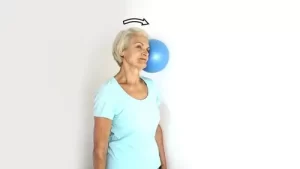
Isometric Neck Exercise while Sitting:
You will need a chair or a table to perform neck isometric exercises while seated. While seated on a chair maintain an upright posture. You will perform all of the neck movements that are given below in this posture.
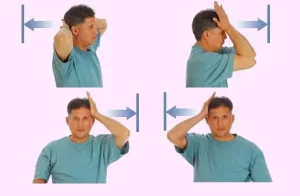
- Start in a comfortable sitting position.
- Put your palm above your forehead.
- Try to resist the pull by using your neck muscles.
- Hold for five to ten seconds.
- Then return to your neutral position.
- Now relax.
- Gently press the neck in the force’s direction while placing your palm on the backside of your head.
- Maintaining the same position, apply a small amount of pressure in the opposite direction of your motion.
- Hold this pose for a few seconds.
- Then return to your neutral position.
- Then relax.
- Next, hold the left side of the head and maintain a straight head posture.
- Gradually press the left side of the head onto the left shoulder.
- Hold this pose for a few seconds.
- Then return to your neutral position.
- Then relax.
- The back must remain straight for the entire exercise.
- Apply the same bending movement to the right side of the neck.
Isometric Neck Exercise while lying supine:
To perform this exercise, you must lie on your back over an exercise mat or platform and place a small cushion or rolled towel under your head and your hand by your side.
Supine Isometric neck flexion
- To perform this exercise, you must lie on your stomach and press the pillow against your forehead.
- Hold this position for a few seconds.
- Then return to your neutral position.
- Then relax.
Supine Isometric neck extension
- To perform this exercise, you must lie on your back over a mattress or plinth and place a small cushion or rolled towel under your head and your hand by your side.
- Firmly press the cushion against your head.
- Hold this position for a few seconds.
- Then return to your neutral position.
- Then relax.
Side-lying Isometric Neck side flexion
- The required position for this workout is to lie on your left or right side.
- Once you have a pillow below your head, push it slightly closer to the plinth.
- Hold this position for a few seconds.
- Then return to your neutral position.
- Then relax.
- Apply this on your right side.
The following advice is important to keep in mind when practicing:
- When engaging in exercise, maintaining proper posture is necessary.
- If you feel any kind of pain during exercise, you should stop right once.
- Wear loose clothing when working out so that it doesn’t restrict your capacity for movement.
- Avoid wearing clothes that are too tight.
- Extending a tight muscle is safe, and even if it aches, it shouldn’t hurt too much.
When shouldn’t you practice this exercise?
- When your doctor instructed you to rest.
- Whenever you’ve got a head injury.
- If your symptoms increase after performing a neck isometric exercise.
- Headache
- High blood pressure might make it difficult to hold your breath.
- Fever
- If a person feels sharp pain while doing an exercise.
- If you have suffered a neck injury during the last few months.
When doing isometric neck exercises, stay away from these mistakes:
- When performing this exercise, keep your neck straight.
- Avoid tensing up the muscle.
- If you are performing an activity, avoid moving your shoulder or trunk.
- Avoid applying excessive pressure to the head.
- Maintain proper neck position when doing an isometric neck exercise.
Summary:
Strength, endurance, and general physical well-being are all possible to improve using a variety of exercise techniques in the health sector. An isometric exercise is one such method that is becoming more and more well-known.
Strength training techniques known as isometrics cause the muscles to contract without changing length. These types of exercise involve keeping a particular position for a certain length of time, as opposed to standard exercises that need movement. These exercises are frequently used to strengthen and stabilize particular muscle groups.
Specific muscles are targeted by these isometric neck strengthening exercises, which have major advantages like better posture, less neck pain, and more support for daily activities. By performing these Isometric neck exercises regularly, you may maintain a stronger, healthier cervical spine, which lowers your chance of injury and pain in day-to-day activities.
FAQs
What advantages may neck isometric exercises offer?
Neck isometric exercise increases the stability of the patient’s entire neck and core muscles, which helps to treat cervical function. It also strengthens the neck muscles and reduces stress in the surrounding soft tissues by moving them very little or not at all.
Can you gain muscle with isometric neck exercises?
To maintain proper posture and reduce the pain and suffering that frequently comes from poor neck health, you should take part in isometric neck exercises to strengthen and stabilize your neck muscles.
Is performing neck exercises daily safe?
Exercise for your neck is comparable to exercising any other part of your body. If you’re just starting, start small. It is strongly advised to begin with two to three sessions per week with days off in between. Five times a week of neck training is recommended if you wish to strengthen it.
Is neck pain well treated with physical therapy?
Physical therapy is one of the most popular treatments for severe neck discomfort. The majority of physical therapy treatments for neck pain start with therapies that relieve aches or stiffness, followed by a set of exercises to strengthen and lengthen the neck.
Why would someone do isometric exercise?
Exercises that include isometric contractions involve strengthening a particular muscle or set of related muscles. The muscle doesn’t significantly change length when performing isometric activities. Moreover, the affected joint is immovable. Strength maintenance is helped by isometric exercises.
Isometric exercise beneficial?
Isometric training can help persons with arthritis or those getting better from injuries by improving strength and stability because it just works a certain set of muscles and doesn’t require movement or full range of motion.
Why do isometric exercises reduce pain?
Thorough isometric training lowers cortical muscle stiffness as part of the pain-reduction mechanism. Both muscle contraction and the duration of pain relief from isotonic exercise had been similar.
What is the duration of an isometric exercise?
Though between four and ten seconds have been suggested as useful, the best duration to maintain isometric tension for strengthening effect is up for discussion. An overview of isometric research shows that to increase strength, a shorter repetition length is required for each repetition.
Isometric neck exercises suitable for everyone?
Most people can safely perform isometric neck exercises, but before beginning any new exercise program, people with chronic neck injuries or already present neck issues should speak with a doctor for advice. Changes can be required depending on each person’s unique health demands.
Does performing isometric neck exercises require any special equipment?
For performing isometric neck exercises, no extra equipment is required. Although resistance bands or a wall can also be used to alter the workouts and increase difficulty as needed, you can perform them with just your hands.
References:
- N. P., a physiotherapist (2022a, January 18). Exercise for the Isometric Neck: Health Benefits, How to Do It? – Mobile Physio. Clinic for Mobile Physiotherapy. https://mobilephysiotherapyclinic.in/google_vignette#isometric-neck-exercise-health-benefits-how-to-do
- Discover The Top 5 Isometric Neck Exercises For The Rules Of The Neck! June 27, 2024. ToneOpFit: Healthy Foods to Include in Your Diet for Weight Loss. https://toneopfit.com/blogs/isometric-neck-exercises-for-neck
- 2024, February 17; Jha, R. The Benefits, Instances, and FAQs of Unlocking the Power of Isometric Exercise. Physiotherapy Clinic Without Pain. At Pain-Free Physiotherapy.com, isometric exercise examples and advantages are provided.
- Image 1, My Patient Needs Rehabilitation. (May 6, 2014d). Self-massaging neck with a spiky ball [Video]. YouTube. Watch this: https://www.youtube.com/watch?v=nI3Yx-uKwBg
- Image 2, Workouts, routines, and exercises related to neck extensions on a ball. (As of now). Neck extensions on a ball: https://www.workoutsprograms.com/exercises
- Image 3, Get My Patient Well Again. November 11, 2020. Isometric Neck Retraction for Seniors [Video]. YouTube. See it here: https://www.youtube.com/watch?v=oWThBix_KG4
- Image 4, 2023, June 13; SaveDollar. Pinterest. “Isometric Neck Exercise.” https://in.pinterest.com/pin/598838081723802559/

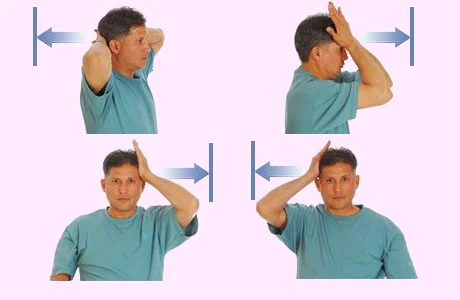
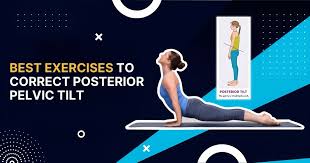
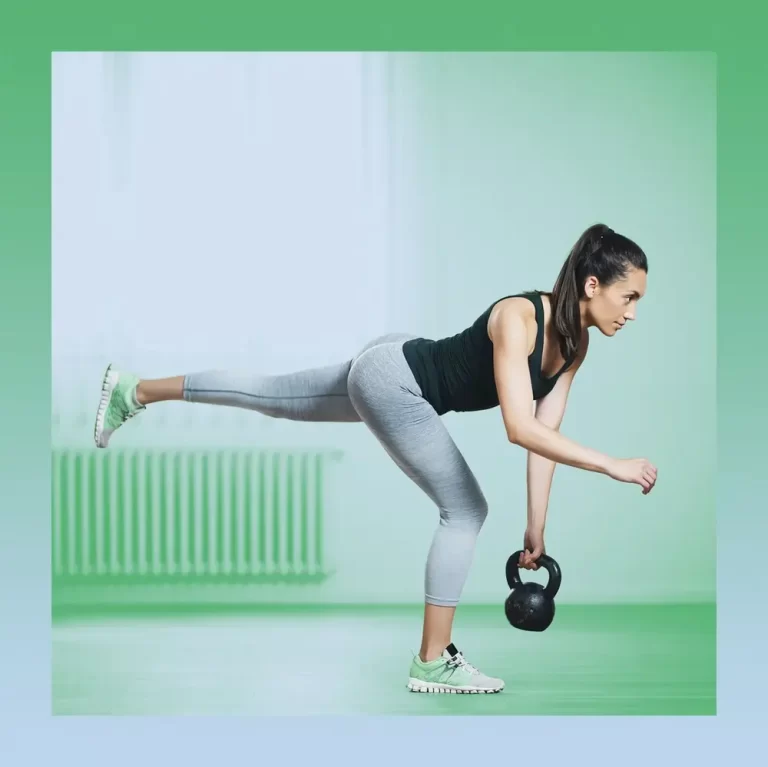

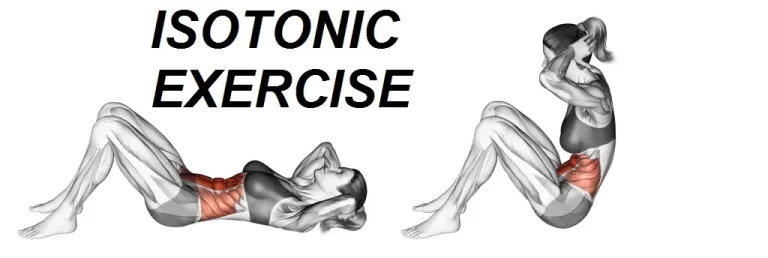
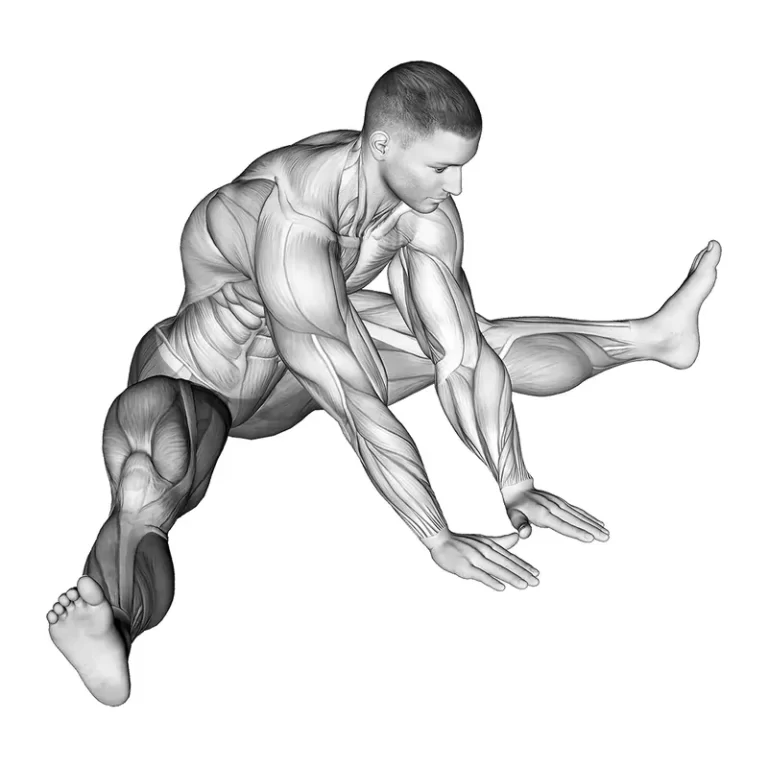
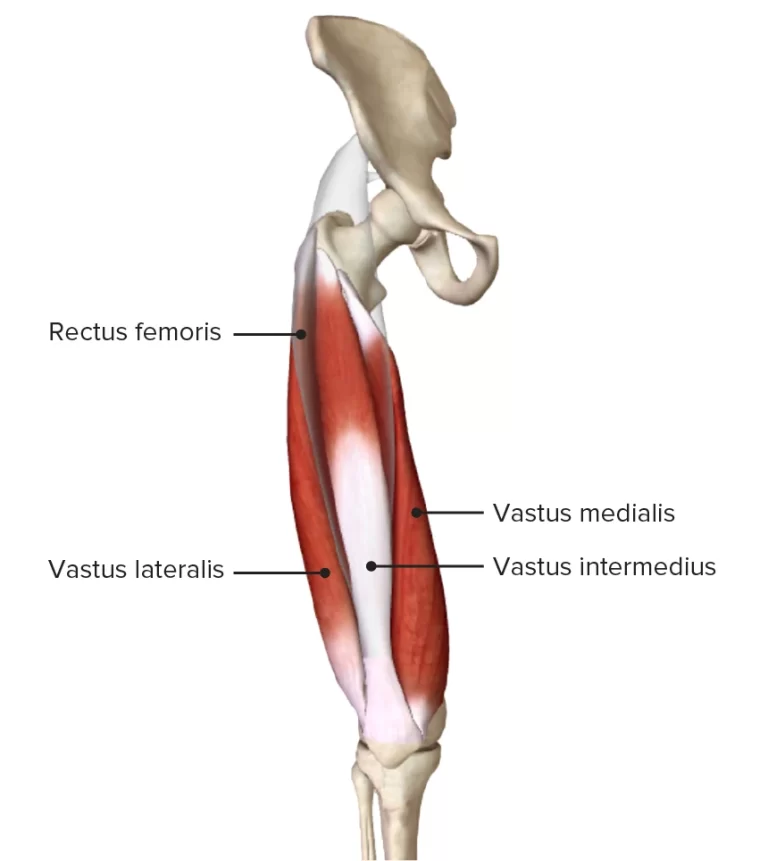
2 Comments